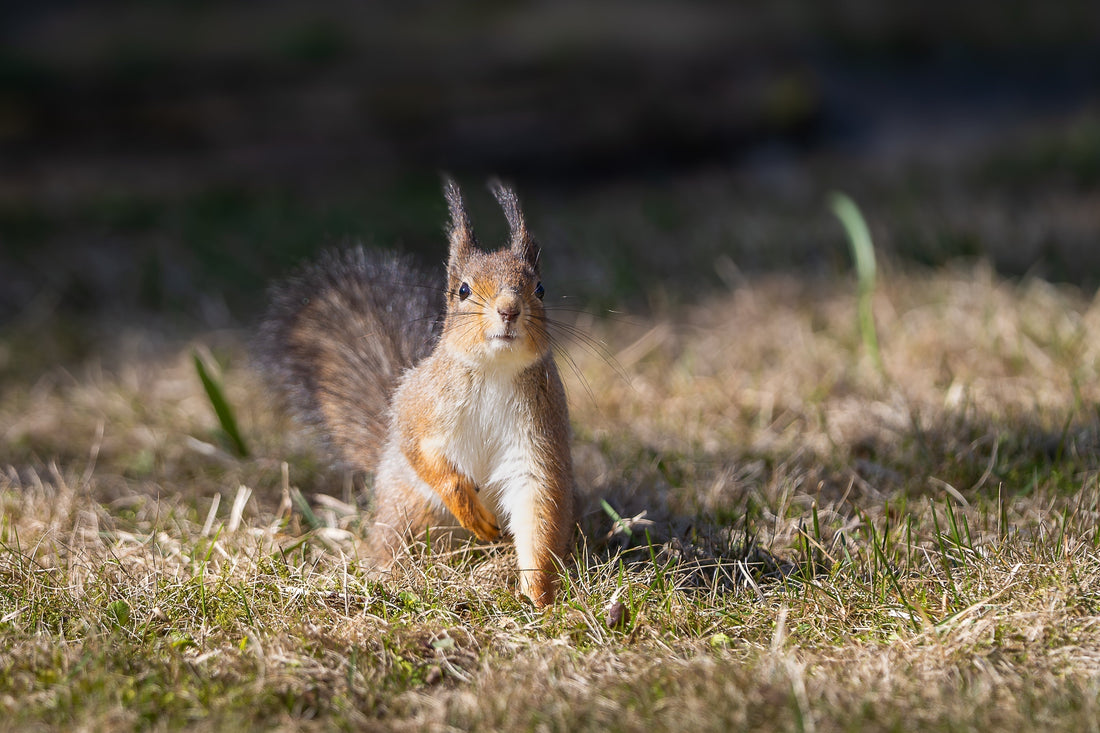Top Benefits of Fall and Winter Lawn Fertilization
Fall and winter fertilization is one of the smartest steps you can take to ensure a healthier, greener lawn and landscape year-round. As temperatures drop, your lawn and plants begin shifting energy below the surface—storing nutrients in their roots to prepare for the months ahead.
Here’s why fall and winter fertilization matters, and the benefits it brings:
1. Stronger Root Development
Applying fertilizer in the cooler seasons promotes deeper, stronger root growth. A robust root system gives your lawn the resilience it needs to better withstand drought, disease, and pests—laying the foundation for long-term health.
2. Faster Recovery from Winter Stress
In regions like Texas, unexpected freezes and cold snaps can cause significant stress to your lawn. Fall and winter fertilization helps plants bounce back faster and more effectively once warmer temperatures return.
3. Earlier and Greener Spring Growth
A well-fed lawn during the fall wakes up faster in the spring. You'll see earlier green-up and more vigorous growth—often weeks ahead of untreated lawns—reducing the need for extra treatments or “catch-up” care.
4. Improved Disease Resistance
Proper fertilization strengthens your lawn’s natural defenses, helping it fight off common turf diseases. Healthier grass is better equipped to handle seasonal changes and environmental stress.
A Smart Seasonal Investment
Fall and winter fertilization supports the natural nutrient-storing process that plants undergo as they enter dormancy. This stored energy becomes the fuel for lush, vibrant growth in spring—making it a simple step with long-lasting rewards.
Whether you're aiming for better curb appeal, reduced maintenance, or simply a healthier outdoor space, fall and winter fertilization delivers.
Click here for a free estimate!




